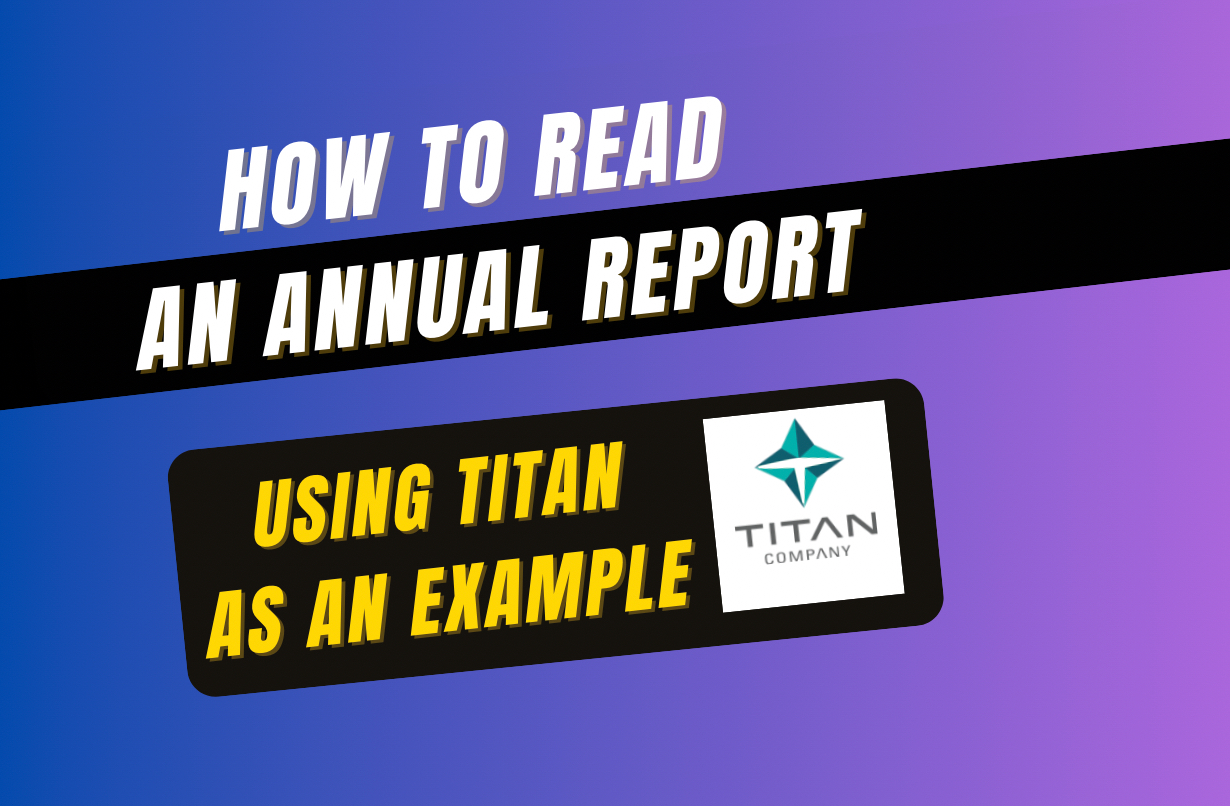How does a Private Equity / Venture Capital fund work? What are PE VC Funds?
In this post we decode the world of PE VC funds, and the key terminologies associated with them.
First up – Why PE / VC funds are needed?
Ultra rich investors, having already invested in listed Equities and Debt markets, are looking for diversification and higher return potential.
So they turn to early stage #investing (unlisted equity)
How does the PE VC Fund work?
A PE / VC fund manager raises money, to invest in unlisted ventures (usually). They could define themes, like consumer funds, or tech funds, or could be sector agnostic
Who are General Partners / Limited Partners in PE VC Funds?
In simple terms, the Fund Manager is the General Partner (GP), and the investors are Limited Partners (LP)
Committed Capital?
The amount committed by the investor (Paid-in Capital)
Drawdown
The GP (Fund Manager) may draw capital at different points, rather than all at the beginning. This way, capital is called only when it is to be invested.
DPI and TVPI
As the exits from some of the unlisted investments happen in PE VC Funds, the GP distributes the money to LPs.
Terms like DPI (Distributions to Paid in Capital) and TVPI (Total Value to Paid in Capital) become key metrics.
Say the investor puts in INR 100 million. This is invested in 10 companies (INR 10 mn each).
If the first company is exited at INR 60 million (and this is distributed), and the value of the other 9 investments is INR 120 mn (these are yet to be exited)
DPI here would be 60/100 = 0.6
And TVPI would be (120+60)/100 = 1.8
What is the fee structure like for PE VC Funds?
Usually most PE VC funds operate on a 2-20 structure, with a Hurdle rate.
2-20?
So the management fee is 2%. Then there is a carry (profit sharing) of 20%, above a certain hurdle return – say 8%
If the fund return > 8%, then 20% is shared with the Fund Manager (FM).
But what is Catch Up?
20% above 8% is the profit sharing, but what about upto 8%. This is what Catch up defines.
If a fund has Full Catchup – it means that if the return crosses 8%, then the FM gets 20% on the entire return.
For example, if the fund generates 15%, then in full catch-up, the carried interest would be 20% of the entire 15%.
But in a No Catchup scenario, it would be 20% of the return above the hurdle (15%-8%)
What is a Distribution Waterfall?
This defines how the funds will be distributed. Think of a simple 1 year fund.
Suppose you invest 100 in this fund.
Till the fund value crosses 108 (8% of the Paid in capital), there is no profit sharing.
But above 108, profit sharing begins. The next 2% goes to the FM, so that by the time the return reaches 10% (upto Fund Value 110), 20% of the entire return is shared with the FM.
Returns above this are shared 80:20.
Venture Capital is a booming segment in India . Knowing these concepts helps both as a fund management team as well as an investor.
This post first appeared on LinkedIn – here
If you are looking at a course helping you decode the world of Investment Banking, we have a course for you. Find details here











